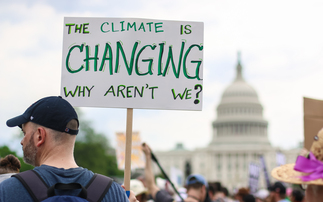Jane Burston, who blogged for BusinessGreen from the climate summit, asks if COP17 was the success politicians claim
After two weeks at the Durban climate summit, I was thoroughly burned out. Never mind the negotiators that worked through three consecutive nights to salvage some sort of agreement: the unremitting but...
To continue reading this article...
Join BusinessGreen
In just a few clicks you can start your free BusinessGreen Lite membership for 12 months, providing you access to:
- Three complimentary articles per month covering the latest real-time news, analysis, and opinion from Europe’s leading source of information on the Green economy and business
- Receive important and breaking news stories via our daily news alert
- Our weekly newsletter with the best of the week’s green business news and analysis







